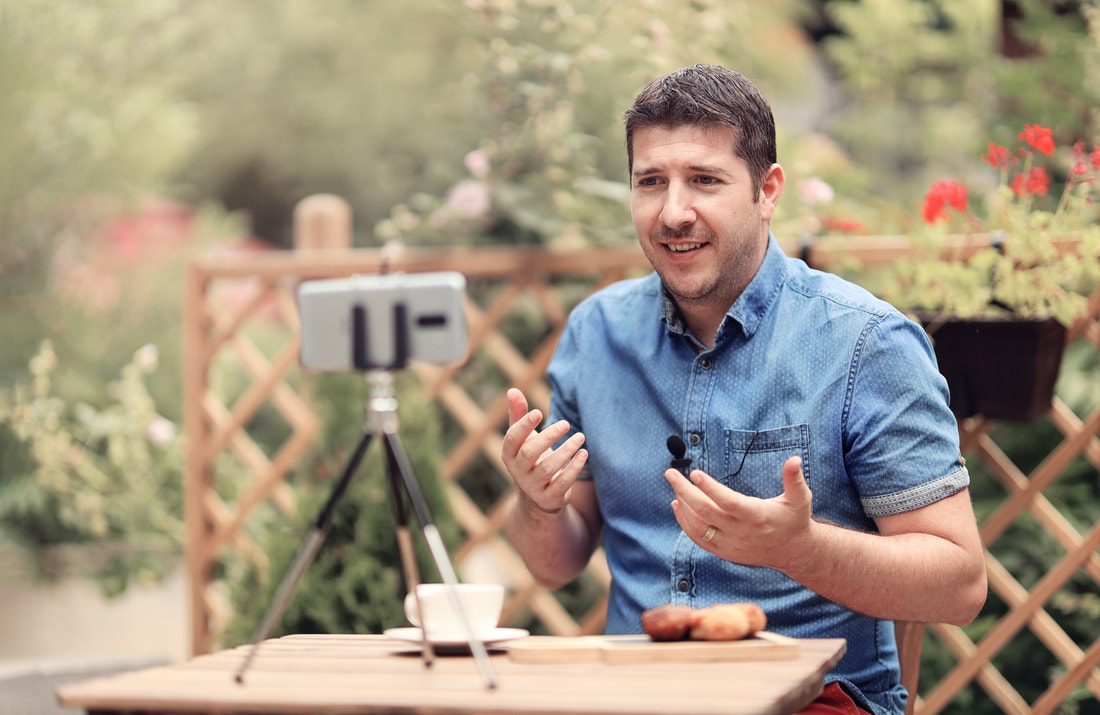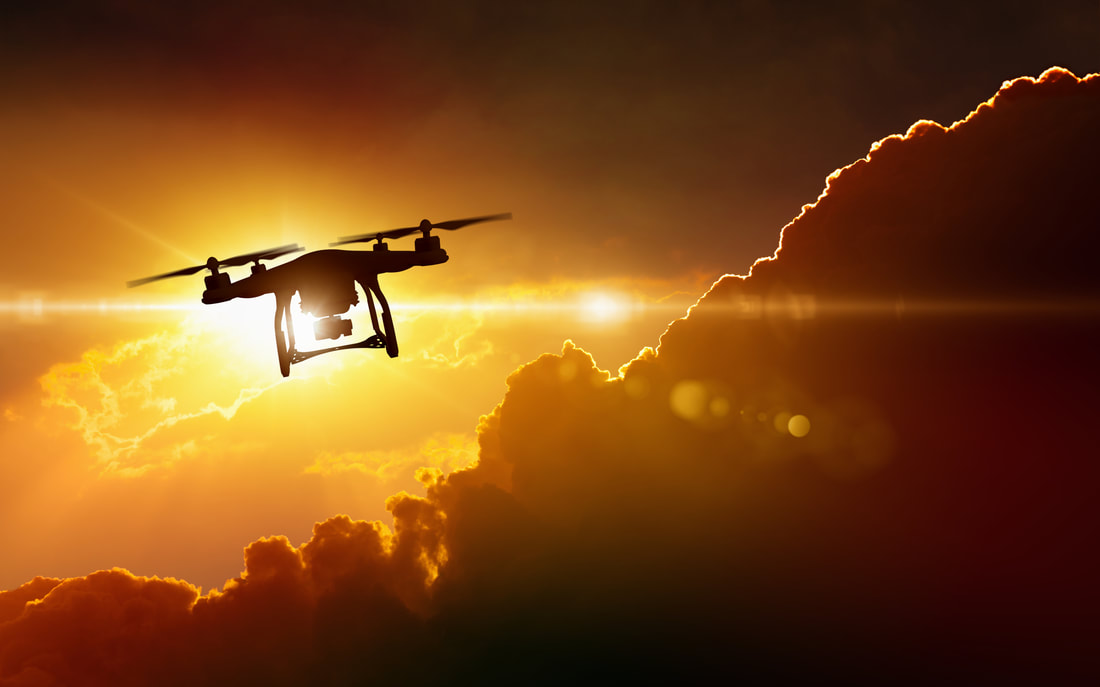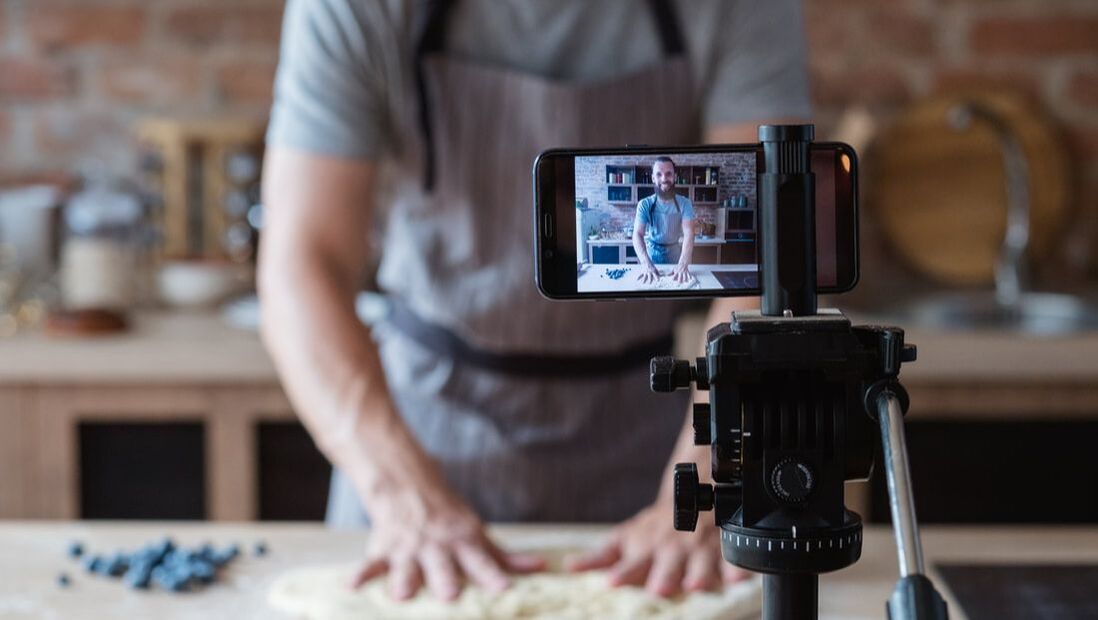|
In the past ten years, technology has given virtually everyone the ability to shoot stunning video. All you need is a smartphone (and a microphone plugged into that smartphone) to pull it off. That's the good. The bad is that few people know how to get the most out of their equipment, because no one has taught them how to do it right. I'd like to change that, because life is too short for bad video. So check back often, as I will be sharing tricks of the trade that I've learned in over twenty years of experience. All of them will help you to shoot better footage, with better audio, than you even thought possible. |
|
Let's be honest: when it came to the Brady Bunch, the most downtrodden of all six children was Jan. Middle child. Complainer. Bad eyesight. Probably ate paste when no one was looking.
That's exactly how people think about sound... or rather... don't think about sound. We have these fantastic video cameras in our phones. The picture can be stunning. The sound, however, is stunningly bad because of the physical limitations of the phone's microphone. If you've tried filming something over five feet away from your phone, you know how blech the sound can be. But don't feel bad. On professional film sets all around the world, sound is often given short shrift. To the picture jockeys, all most of them think about is what they see through the view finder or the monitor. They don't put nearly as much attention into sound, much to the ire of sound recordists and boom-microphone operators everywhere. And the reason? "We're going to have to fix sound things in post-production anyway... so who cares?" You should care, because you don't have the budget, time, or know-how to "fix it in post" when it comes to sound. And I'm here to tell you: nothing makes good video look cheap and awful than the quality of how it sounds. I know it may be counterintuitive, but it's true. With sound, it's garbage in/garbage out, so there's only one thing to do: get it right the first time. So how do you get good sound (or even just passable sound)? Simple... you need a microphone to plug into your phone. And further... you need enough cable to that you can hide it under your shirt like they do for news broadcasters. There are two variations: iOS and Android. Android is easier: purchase a corded microphone (I happen to LOVE this one), along with an extension cable. For your iPhone, do the same, and then add a lightning-to-3.5 cable adapter. This video will show you how to hook it up, and how this particular microphone for under $50 really makes a difference. The folks at Edutige America really know what they're doing. This simple little trick will change your outlook on what you can do with your phone footage... simply by enhancing your audio. Happy filming!
0 Comments
Congratulations! You broke down and bought a drone! If you're like me, you didn't just buy a drone; you bought it two years ago and never took it out of the box, necessitating the re-purchasing of batteries which are long since useless.
Let's face it: while the thought of taking aerial footage that used to only be attained by thousands of dollars spent on a helicopter rental with a camera person makes us smaller video production houses absolutely giddy, drones are scary. Sometimes, it's because of the horror stories you see when perusing YouTube about your new hobby or professional tool. "My drone ran out of battery and crashed into someone's skull." "I tried to take my drone above the clouds, and it was amazing. Until it drifted two miles away and landed in a tree, shattering it." If you're a professional company and want to get licensed, it's even scarier. "You can only fly here, but not there. You can fly this high, but not that high. And under no circumstances are you to fly... here." But to those of us who bit the bullet, studied like a fiend (and yes, you do have to study for the FAA test - it's impossible if you don't), and have become licensed drone operators, drone flying and filming has opened up an entire world of filmmaking possibilities that none of us dreamed was monetarily possible. That being said, just because you have a good drone with a good camera does not mean you're going to get good footage. Drone flying is a skill; drone filming is an art... an art where you can become proficient, but having a couple of basics will help. For starters, before you ever begin filming, take your drone out to a place where you can't do any damage... besides to yourself or the drone. Then, practice taking off and landing. A lot. Really good drone operators can literally hand-land it: drop it low enough, close enough, to where they simply reach up and grab it by the lower strut. I myself have not done this, because while it's a technical piece of machinery, as my dear friend Jay Kelley from Dream Welder Productions says, "It's nothing but a four-pronged descending weed-wacker." Once you have your takeoffs and landings down, you're ready to film. Now the FAA says that you can only go up 400ft, unless you're filming a building, in which case you're allowed to go 400ft above the height of the structure, if you're within a certain circumference of said structure. Told you it was hard. But my take is that much of the time, I get my most beautiful footage when I'm less than 100ft up. And I never, ever, fly it in fast mode when filming. Most drones have a slider on their controls, allowing you to fly in speed-mode, or slower-mode. I use speed-mode for one thing: takeoff. As soon as that drone has stability about ten feet off the ground, I slide it down to slow, and the reason is simple: the faster you fly, the less beautiful your footage. Is this only my opinion? Yes... but it's also the opinion of virtually every drone operator I've reached out to while learning about this craft. They also taught me to feather the controls. If the full direction of the stick is 100%, push the stick in the direction you want at around 10%. This will give you slow, silky, gorgeous footage. And definitely have some fun with it. Say I'm filming a water tower. I like to go sideways across the face of it, but I also like to rotate the drone in the opposite orientation of my sideways direction, so that instead of simply going across the tower, it looks more like I'm orbiting it. Or let's say I want to take a beauty shot of a building from the ground to the roof line. I'll face the building, and as I'm slowly flying up I'll start rotating it to one direction or the other. The effect is simply spectacular. I will say one last thing: whatever drone you buy (Yuneec and DJI are the two biggies), purchase two things: extra batteries, and extra props. Batteries are expensive, but a fully charged one will only net you about 18 minutes worth of flight time. Having a spare is really important, especially if you're filming. And props? Buy the ones made by the manufacturer, as aftermarket ones can make them highly unstable. Found this out the hard way when I crashed it. And you will crash yours. Because everyone crashes their drone at one time or another. Even the professionals. One world renowned drone pilot said, "You're not a real drone pilot unless you crash your %(#@ing drone." Sometimes, things just happen with drones; it's the nature of these beasts. What I can definitely recommend is that you research about things you can do when things just happen with your drone. And even if you're only flying for fun and not for professional gain, you must at minimum register your drone with the FAA. It's quick, it's easy, and it's the law. You can do it here. Happy flying! - Dan Have you ever watched the Today Show on NBC where they featured footage of a hurricane taken by someone with a smartphone? Did you ever notice that, sometimes, the sides are completely blurred out while the center is crystal clear? There's a reason for that, and the reason is that whomever sent in the footage shot it with their phone in portrait, or vertical, position.
In the old days, networks didn't care if there were two large black boxes on the sides of footage like this. It was part and parcel of the job. But then they realized that big black boxes are ugly, so they had to find a way to fill the frame with footage that is meant to fill only about 30% of it. So they do a little trick in editing. On one line of video, they'll put the vertical shot. On a line underneath, they'll put the same footage, blow it up by 1000%, and then blur it... all to fill the frame. Because video editing systems like Adobe's Premiere Pro always give preference to the highest line of video, the clear center will rest on top of the blurry background. Do you know how this can be avoided? By always (yes Snapchat, I'm looking at you!)... ALWAYS... filming your video in landscape, or horizontal mode. Because what many people don't realize is that they have a very powerful camera in that Android or I-phone. The new ones are capable of taking 4K footage, 24 frames-per-second footage (which is the setting that looks like film... my personal favorite), and silky smooth super-slo-mo. It's literally begging you to film in landscape mode. Think of it this way: have you ever walked into a cinema where the screen is portrait? Of course not. Video and film are meant to be shot wide. So many of us are just in the habit of filming portrait because that's how we look at our phones, primarily, but video is simply a different animal. With that in mind, to get the absolute most out of that mini-Panavision in your pocket, always shoot while holding your phone sideways. And if you forget and start filming portrait only to realize that you should have started landscape, turn the recording off, turn the phone sideways, and restart your recording. Once recording starts, most phones are going to stay in the format you started with. The editors at the Today Show will thank you. Happing filming! - Dan |
Proudly powered by Weebly


